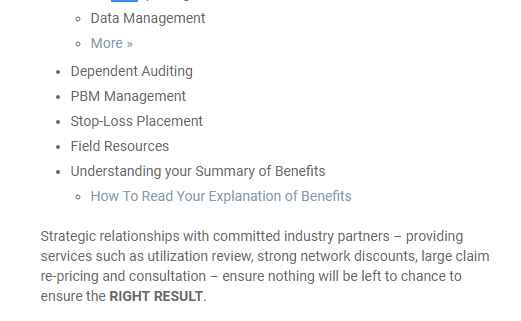

All employers with 20+ employees must continue providing medical benefits to former employees for up to 18 months. Each state decides the amount, duration, and required conditions of this pay.Ĭonsolidated Omni-Budget Reconciliation Act (COBRA). However, at a minimum, an employee who is terminated through no fault of their own ( like being laid off) is entitled to unemployment pay for some period of time. Unemployment benefits are handled solely at the state level, and there’s a wide discrepancy between what some states offer employees (and in what situations) as opposed to others. Again, state guidelines can be more generous to the employee, so check your local laws for more exact information. According to the FLSA, nonexempt employees must be paid at least time and a half (1.5x normal hourly wage) for each hour they work over 40 hours in a workweek. Since the federal minimum wage is the baseline, states’ minimum wage can only be higher than $7.25/hour. However, states often set a higher minimum wage than this. Covered by the Fair Labor Standards Act (FLSA), the federal government mandates a minimum wage of $7.25/hour. To take care of an emergency regarding an active military family member To deal with a personal medical issue that prevents work To care for an immediate family member with a medical condition Maternity or paternity leave (30% of companies offer paid paternity leave, while 34% offer paid maternity leave, as per a study by SHRM) Employees can take this leave for the following reasons: Health insurance benefits remain in place for the duration of the leave.įor an employee to be eligible to take this leave, they must have worked for at least 1,250 hours over the past year. When the employee wishes to return to work, the employer must provide the same job or a similar position with equal pay and benefits as before they left. However, California, New York, New Jersey, and Rhode Island require paid parental leave under certain conditions – check with your state government for further information. These weeks needn’t be consecutive, and they also needn’t be paid. The FMLA states that employers with more than 50 employees must provide up to 12 workweeks of unpaid leave during any 12-month period for specified family and medical reasons. In general, state laws will only serve to bolster benefits that are already federally mandated:įamily and Medical Leave Act (FMLA). Note that some states have more stringent laws regarding benefits than federal guidelines set out, so be sure to check your state’s laws for items on this list. It is important to review benefits packages before accepting a position of employment.īefore we get into the fun and trendy benefits some employers offer, let’s first discuss the benefits that the law mandates. Optional benefits, such as schedule flexibility and retirement plans, are determined by the employer. This causes significant variation between states. Some benefits are mandatory due to laws, including the Family and Medical Leave Act (FMLA), minimum wage, and worker’s compensation.Īlthough the federal government mandates certain benefit protections, many are determined by state governments. In this article, we’ll go over common elements of a comprehensive benefits package, legally required benefits, and extra benefits that are growing in popularity.Ī comprehensive benefits package provides an employee with policies and services that ensure their financial well-being and health. To get a complete picture of what your employment contract is worth, you also have to look at what benefits the employer offers. But savvy job-seekers know that base salary, while important, is just one piece in the decision-making process. When it comes to deciding how attractive a job offer is, salary plays a pivotal role.


 0 kommentar(er)
0 kommentar(er)
